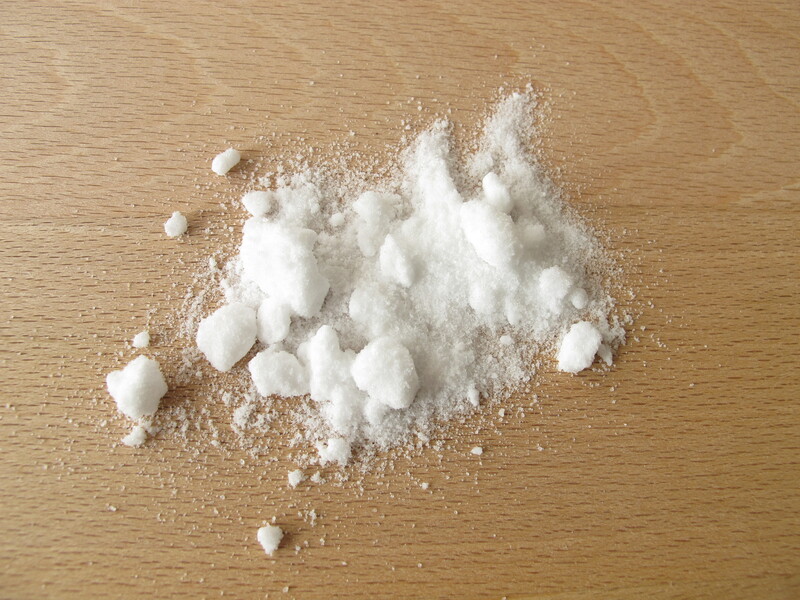Brass Tarnish Removal
Posted on 06/05/2025
Brass, a durable and aesthetically pleasing metal, commonly used in household items, is prone to tarnish over time due to oxidation. Tarnish forms when brass reacts with moisture and air, leading to an unsightly layer on its surface. This guide will walk you through the best methods for brass tarnish removal, keeping your brass items looking new and well-maintained.
Home Remedies for Brass Tarnish Removal
1. Vinegar and Salt
One of the most effective home remedies for removing brass tarnish is a simple mixture of vinegar and salt.
- Mix equal parts of vinegar and salt to form a paste.
- Apply the paste to the tarnished brass using a soft cloth or sponge.
- Rub gently to avoid scratching the surface.
- Rinse with warm water and dry thoroughly.
2. Lemon and Baking Soda
This method combines the acidic properties of lemon with the abrasive action of baking soda.
- Cut a lemon in half and sprinkle baking soda onto the cut surface.
- Rub the lemon on the brass item until the tarnish is removed.
- Rinse with warm water and pat dry.
3. Ketchup
Surprisingly, ketchup is not just for burgers; its acidic content can also clean brass effectively.
- Apply a generous amount of ketchup to the tarnished brass.
- Let it sit for 10-15 minutes.
- Scrub gently with a soft brush or cloth.
- Rinse and dry thoroughly.

Professional Brass Cleaning Methods
1. Commercial Brass Cleaners
Purchasing a commercial brass cleaner is a quick and effective way to tackle heavy tarnish.
- Follow the manufacturer's instructions on the product label.
- Generally, apply the cleaner with a soft cloth, rub until clean, rinse, and dry.
2. Brass Polishing Cloths
Specialized brass polishing cloths impregnated with cleaning agents can make tarnish removal more convenient.
- Rub the brass surface with the polishing cloth.
- Continue until the tarnish is removed and the surface shines.
Tips for Preventing Brass Tarnish
- Regular cleaning: Dust and clean your brass items regularly to prevent the buildup of tarnish.
- Storage: Store brass items in dry, airtight containers to reduce exposure to moisture and air.
- Lacquering: Consider applying a thin coat of lacquer to brass items to create a protective barrier against tarnish.
- Touch handling: Minimize direct handling of brass items with bare hands as oils and acids from the skin can accelerate tarnishing.
Pros and Cons of Brass Tarnish Removal Methods
Home Remedies
Pros:
- Cost-effective
- Readily available ingredients
Cons:
- Time-consuming
- May require multiple applications
- May not be suitable for heavily tarnished items
Professional Methods
Pros:
- Highly effective
- Faster results
- Suitable for heavy tarnish
Cons:
- More expensive
- May contain harsh chemicals

Key Takeaways
- Brass tarnish is caused by oxidation due to exposure to air and moisture.
- Home remedies like vinegar and salt, lemon and baking soda, and ketchup can effectively remove tarnish.
- Commercial cleaners and polishing cloths offer a more professional approach to tarnish removal.
- Preventive measures, such as regular cleaning and proper storage, can help maintain the shine of brass items.
Conclusion
Maintaining the luster of your brass items requires understanding and combating tarnish effectively. While home remedies offer a cost-effective and eco-friendly solution for mild cases, professional methods provide efficiency for more stubborn tarnish. By implementing preventive measures, you can minimize future tarnishing and keep your brass items looking their best. With the right approach and care, brass can continue to add elegance to your home for years to come.





